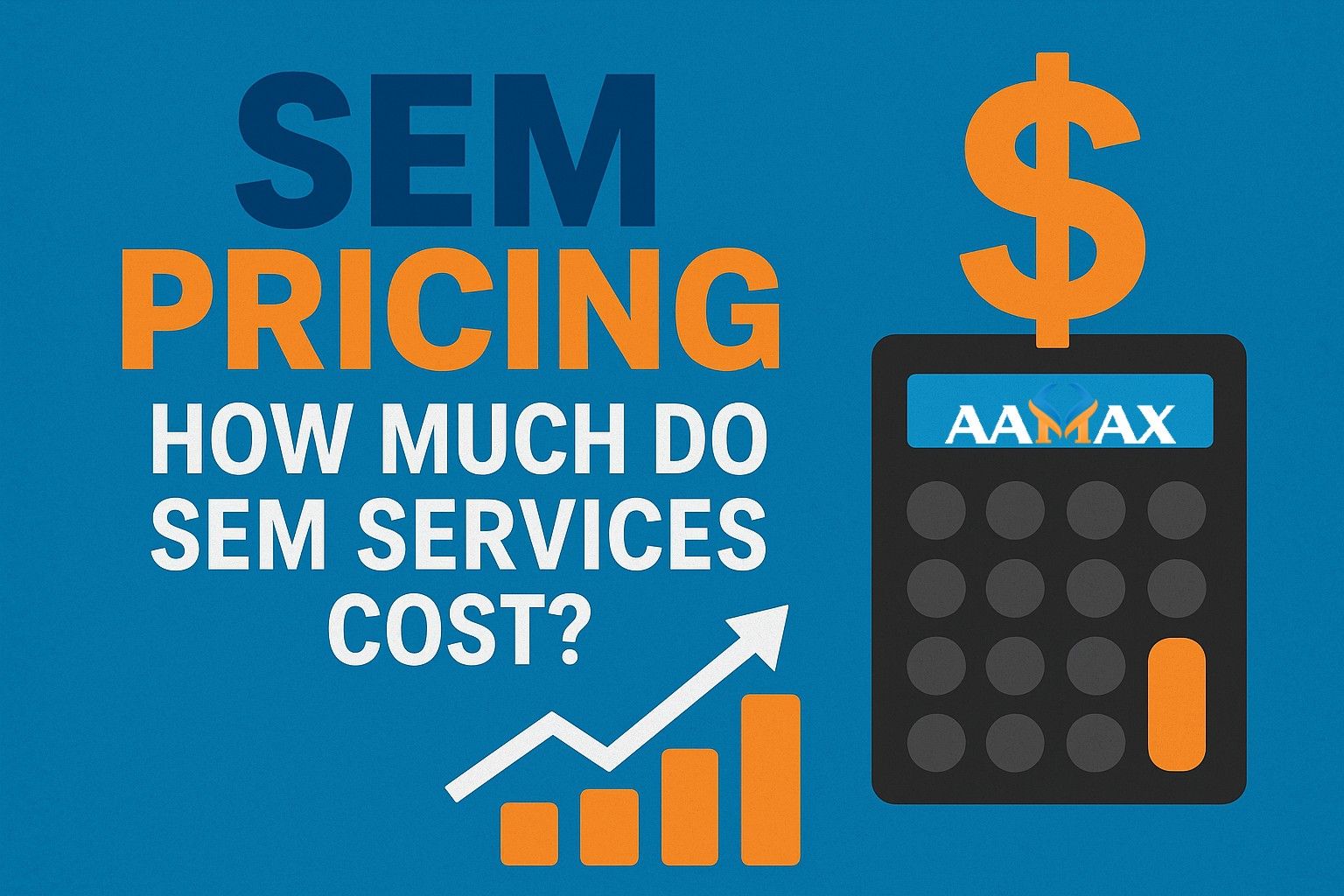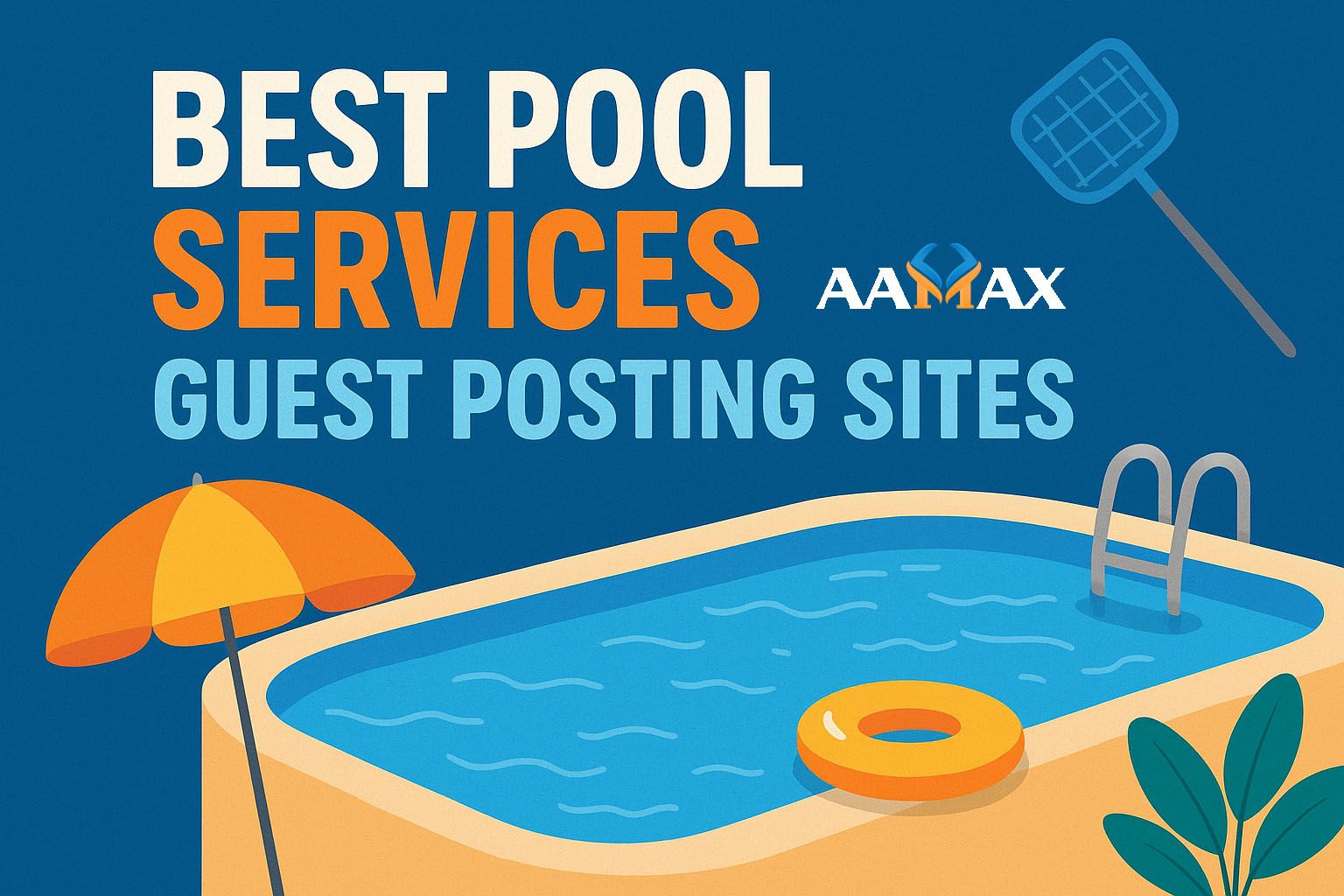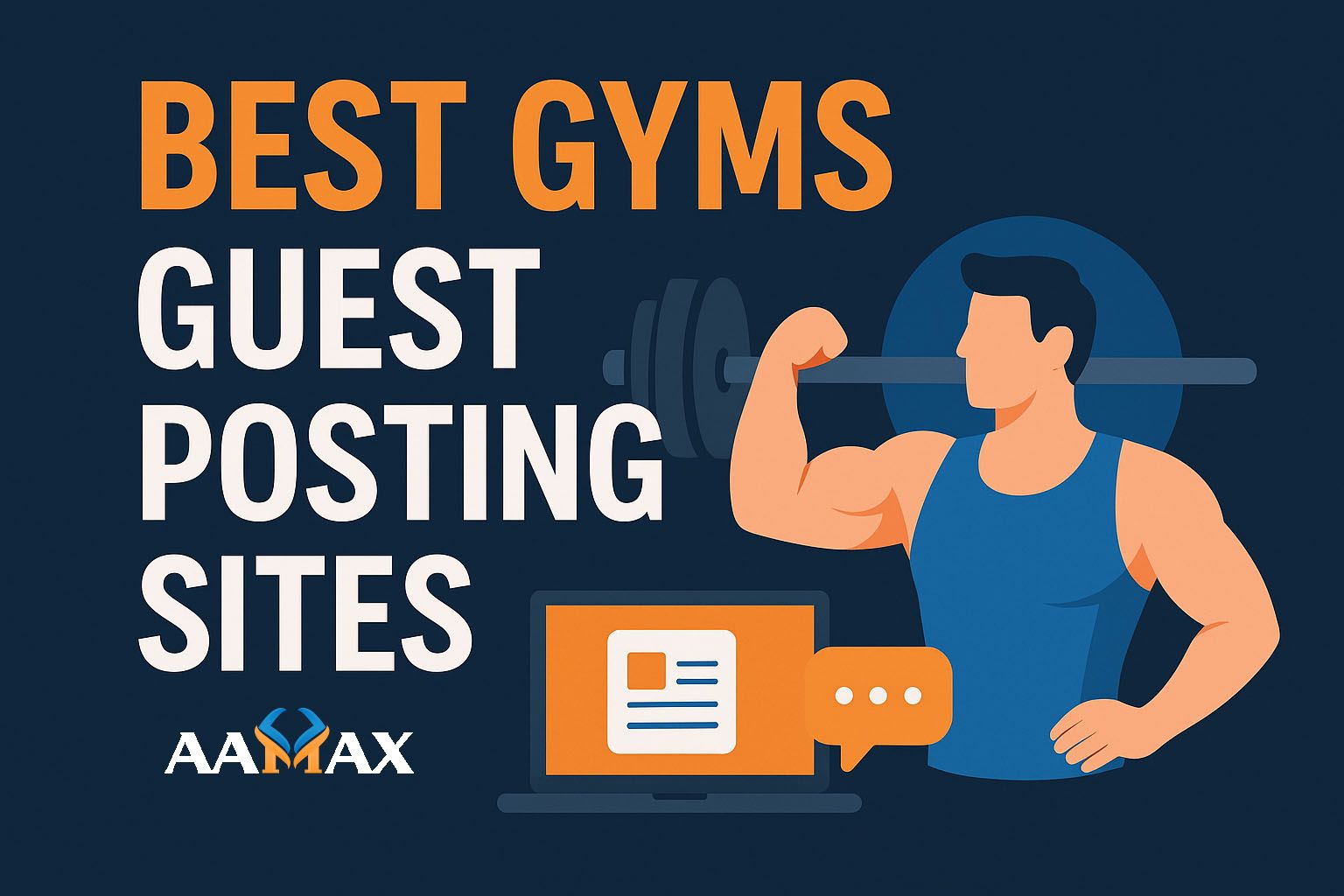
SEM Pricing: How Much Do SEM Services Cost?
In today’s highly competitive digital marketplace, businesses can’t rely solely on organic strategies to gain visibility. Search Engine Marketing (SEM) offers a powerful way to drive immediate traffic, generate leads, and grow revenue. However, one of the most common questions businesses ask before diving into SEM is: “How much do SEM services cost?”
The answer isn’t always simple because SEM pricing depends on several factors like industry competition, keyword demand, geographic targeting, and the agency or platform you choose. In this in-depth guide, we’ll break down everything you need to know about SEM pricing, including typical models, cost ranges, and how to evaluate the return on investment.
What is SEM?
SEM, or Search Engine Marketing, is a paid strategy that uses platforms like Google Ads and Bing Ads to promote businesses. Unlike SEO, which focuses on long-term organic growth, SEM provides immediate visibility through paid search ads.
Key components of SEM include:
- Pay-Per-Click (PPC) Advertising: You pay each time someone clicks on your ad.
- Display Ads: Banner ads that appear on websites across the Google Display Network.
- Shopping Ads: Product-focused ads that show up in Google Shopping results.
- Remarketing Campaigns: Ads targeted at users who have already visited your site.
SEM allows businesses to target specific keywords, demographics, and locations, ensuring ads are shown to the right people at the right time.
Why Understanding SEM Pricing Matters
Before launching a campaign, businesses must understand SEM costs to set realistic budgets and expectations. Without a clear understanding, it’s easy to overspend or undervalue the investment.
Proper knowledge of SEM pricing helps you:
- Allocate marketing budgets effectively.
- Estimate ROI and customer acquisition costs.
- Compare agencies and service providers fairly.
- Avoid hidden fees and unnecessary expenditures.
Let’s explore the different pricing models and factors that influence SEM costs.
Common SEM Pricing Models
Agencies and platforms typically use several pricing structures for SEM services. Understanding these will help you choose the right model for your business.
1. Percentage of Ad Spend
In this model, agencies charge a percentage of your monthly ad budget. For example, if your ad spend is $5,000 and the agency charges 15%, you’ll pay $750 as a management fee.
- Pros: Aligned with your budget; the agency has an incentive to scale campaigns.
- Cons: Can become expensive as your ad spend grows.
2. Flat Fee
A fixed monthly fee is charged for managing SEM campaigns, regardless of ad spend. For instance, an agency may charge $1,000 per month.
- Pros: Predictable costs, easy budgeting.
- Cons: May not scale well for larger or smaller campaigns.
3. Hourly Rate
Some consultants or freelancers charge an hourly rate, typically ranging from $75 to $200 per hour.
- Pros: Good for small projects or one-time audits.
- Cons: Hard to predict total costs for ongoing campaigns.
4. Performance-Based Pricing
Here, the agency charges based on results, such as cost per lead or cost per acquisition.
- Pros: Low risk for businesses; you pay for actual results.
- Cons: Not all agencies offer this, and it may come with higher per-lead costs.
Each pricing model has its merits, and the best choice depends on your goals, budget, and preferred working relationship.
Average Cost of SEM Services
While costs vary by industry and competition, here’s a breakdown of typical SEM expenses:
1. Google Ads Costs
- Average CPC (Cost-Per-Click): $1 – $3 for most industries.
- Highly Competitive Industries (e.g., legal, finance, insurance): $20 – $50+ per click.
- Average Monthly Ad Spend for Small Businesses: $1,000 – $10,000.
2. Agency Management Fees
- Flat Fee: $500 – $5,000 per month.
- Percentage of Ad Spend: 10% – 30%.
- Hourly Rate: $75 – $200.
3. Tools and Software
- Keyword research, bid management, and analytics tools can add $50 – $500 monthly to your SEM budget.
In total, a small business might spend $2,000 – $8,000 per month on SEM campaigns, including ad spend and management fees. Larger enterprises often allocate $20,000+ monthly for SEM.
Factors That Influence SEM Costs
Several factors directly impact how much you’ll pay for SEM services.
1. Industry Competition
Highly competitive sectors like law, real estate, and finance drive up CPCs significantly.
2. Geographic Targeting
Running campaigns in major cities or nationwide is more expensive than targeting smaller local areas.
3. Keyword Selection
Broad, high-volume keywords cost more than long-tail or niche-specific keywords.
4. Quality Score
Google rewards relevant, high-quality ads with lower CPCs. A better Quality Score means you pay less per click.
5. Ad Formats
Video ads, shopping ads, and remarketing campaigns often involve additional creative or technical costs.
6. Agency Experience
Established agencies may charge higher fees, but they often deliver better results due to expertise and proven strategies.
Understanding these factors will help you better estimate your SEM investment.
How to Evaluate SEM ROI
Spending on SEM is only worthwhile if it generates positive returns. Businesses must calculate ROI to determine if SEM is profitable.
ROI Formula:
ROI = (Revenue from SEM – Cost of SEM) ÷ Cost of SEM x 100%
For example:
- Monthly SEM spend: $5,000
- Revenue generated: $20,000
- ROI = (20,000 – 5,000) ÷ 5,000 x 100 = 300%
Tracking ROI requires accurate conversion tracking through tools like Google Analytics and Google Ads Conversion Tracking.
Key Metrics to Monitor:
- Click-through rate (CTR)
- Conversion rate
- Cost per acquisition (CPA)
- Lifetime value of customers (LTV)
By focusing on ROI instead of just costs, businesses can see the true value of SEM investments.
Hidden SEM Costs to Watch Out For
While SEM pricing is often transparent, some hidden costs may surprise you.
- Creative Costs: Designing ad copy, landing pages, and videos.
- Testing Costs: A/B testing different campaigns can increase ad spend.
- Bid Management Tools: Advanced tools may have extra fees.
- Learning Curve: If you manage SEM in-house, training costs time and money.
Always discuss potential additional costs with your agency or consultant to avoid surprises.
Tips to Maximize Your SEM Budget
To get the most from your SEM investment, follow these best practices:
- Focus on Long-Tail Keywords: Cheaper and more targeted.
- Improve Quality Score: Optimize landing pages and ad relevance.
- Use Negative Keywords: Prevent wasted spend on irrelevant clicks.
- Run A/B Tests: Continuously optimize ad copy and landing pages.
- Leverage Remarketing: Retarget past visitors for higher conversion rates.
- Set Clear Goals: Define KPIs before starting campaigns.
Efficient budget allocation ensures you generate maximum leads at the lowest cost.
SEM vs. SEO: Which is More Cost-Effective?
While SEM offers immediate results, SEO builds long-term visibility.
- SEM Pros: Fast results, high visibility, measurable performance.
- SEM Cons: Costs stop delivering once you stop paying.
- SEO Pros: Sustainable results, long-term brand credibility.
- SEO Cons: Takes months to see significant impact.
The best strategy is often to combine SEM for short-term growth with SEO for long-term sustainability.
Final Thoughts
SEM pricing varies widely depending on your goals, industry, and competition. On average, small businesses can expect to spend between $2,000 and $8,000 per month, while larger enterprises may spend significantly more.
The key is not just to look at SEM costs but to evaluate the return on investment. A well-optimized SEM campaign can deliver consistent leads, sales, and long-term growth.
If you want expert guidance in managing SEM effectively, you can hire AAMAX. AAMAX is a full-service digital marketing company offering Web Development, Digital Marketing, and SEO Services to help businesses maximize their ad spend and achieve measurable results.







